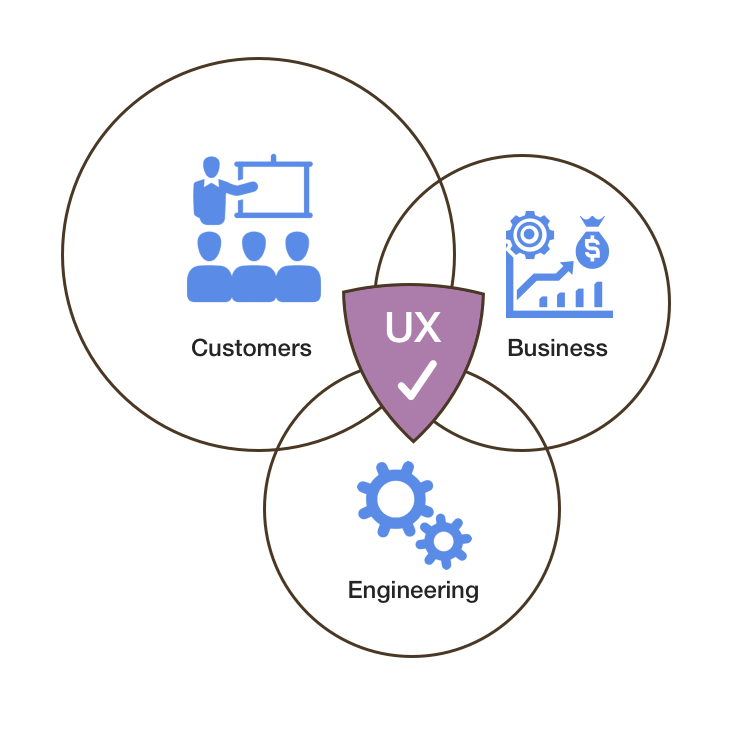
Next-Generation Product Marketplace
Developing a one-stop-shop for educators and students to search, discover, adopt, and onboard new lines of digital Courseware.
Roles and Responsibilities
My Role
Senior UX Product Lead, Sole UX Interaction & Visual Design, User Testing, Wireframing, Prototyping.
The Agile Team
Product Manager, Lead UX Designer, User Research Specialists, Lead Web Dev Manager, Overseas Developers.
The Tools
Adobe Creative Suite (Diagrams, charts, wireframes, prototypes).
Dreamweaver, HTML, CSS, Javascript (Clickthroughs, testing).
The Timeline
Project start: March 2014
Release (V1): April 2015
Subsequent releases: April 2015 - December 2018
Scope & Constraints
A small budget was allocated to the project.
Resources for project management, research, and designers were not allocated.
Getting Started
Defining and exploring the common structure of basic eCommerce search engines.
Preliminary Research
Heuristic Analysis -
Analysis of common search engines and online catalogs including Google, Amazon, Barne & Nobel, and Chegg.
I acquired and studied Baymard Reports for reference: E-Commerce Search Usability and Best Practices.
I conducted a full audit of all current storefronts to determine the workforce, LEO, and the ROI to maintain the individual sites.
Results
All eCommerce platforms all shared the same basic page elements. These included a search bar, filtering, Search Results Pages (SERPs), Product Detail Pages (PDPs), and a distinct Call to Action (the big “buy” button).
Innovation thinking will lead the design, but we do not need to reinvent the wheel on the ubiquitous search experience users encounter daily.
Rapid Ideation and Prototypes.
Getting a simulated live product experience in front of users for conducting interviews and task-based testing.
Creating a 30,000 ft view
I created system flow diagrams to illustrate the information architecture and the other systems needing to be incorporated.
I started with hand drawings and wireframes to gain a clear picture of the page elements, page sequencing, and user flows.
Putting it all together
I collaborated with the visual design team that was developing a new design library.
Design assets were delivered for use in the prototypes.
I rendered the rough wires and drawings into designs using real-time product imagery, titles, and metadata
All static page states were created and sequenced in preparation for test creation.
I created HTML click-throughs that simulated a live experience to be utilized in writing the final testing scripts with a research specialist.
Testing
Validating the design decisions and proving the hypothesis for a single educational marketplace.
Interviews and Task-Based Testing.
5 Educators were presented with the basic page layouts.
Interview questions included:
What are the page elements that are most important in driving adoption confidence?
Does the experience meet their expectations for an educational marketplace?
Subjects were given the simple task of finding a specific product and asked to use the system to locate that product.
Observations included:
Basic search methods - Preference of using the search bar vs. navigation.
Search results display - Does the information in the display lists supply enough information to accurately locate the specific product?
Product Detail Page (PDP) - Does the Overview, Table of Contents, and Author details supply enough information to consider adoption of the product?
A System Usability Scale (SUS) rating was collected.
Results
The subjects unanimously voiced the system met their expectations and needs for search and discovery.
The three top areas of page element importance were Product titles, ISBN, and Student cost.
There were different opinions on the hierarchal stacking of the Product information as to Description, TOC, and Author bios.
90% of instructors found the system simple, friendly, and familiar.
Seach vs. Navigation capabilities varied. Interestingly, Math and Science preferred the search bar, Humanities and Professional Trades preferred browsing.
Many voiced they didn’t know Pearson had such a wide variety of products.
The preferred stacking order of the Overview, Table of Contents, and Author details on the PDPs also varied.
Unanimously, the most important page elements to drive adoption were Product Image, Title, ISBN, and Student cost.
SUS ratings received an average of 9 (second highest) amongst all participants.
Challenges
The current system used legacy technology that would need to re-built from top to bottom.
All Product line owners were not on board with offering other content alongside their own. They felt it would affect their bottom line.
The Outcome
Providing educators with an educational marketplace for their course content was well received and proved successful in testing.
Design and development of an Enterprise Solution Solution will move forward as the delivery mechanism for next-generation Courseware, eTexts, and Learning Apps.

